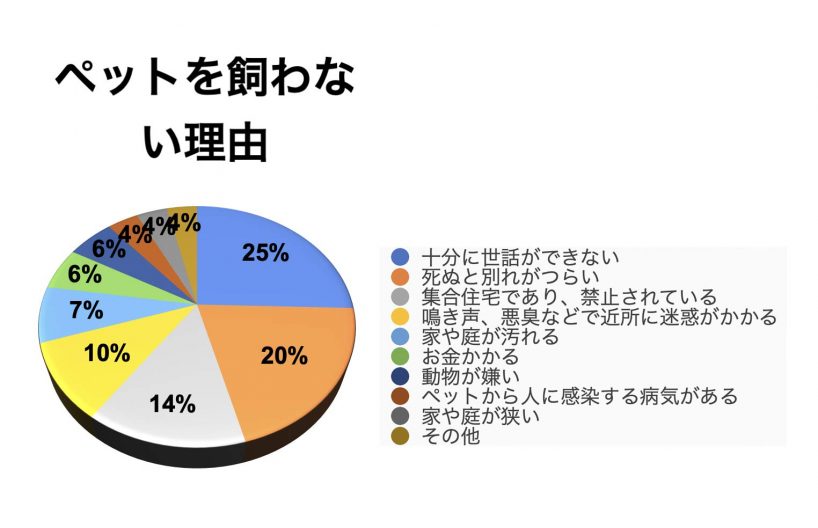The next step was to select tags that could be used, i.e., tags that describe places that could actually be visited. Since each tag described a wide range of places, from actual temples and shrines to famous buildings and even various phenomena, the group members discussed the ones that could be used in real life.
In making plans to visit the places on the cards, we considered the realistic routes that could be taken, taking into account time and distance. After going through these processes, we actually visited the sites, taking pictures and rehearsing the plan as if we were going to execute it.
The following is a description of some of the tags we will visit, based on the photos we took during our rehearsal visit.
Re": History is YUKASHI WARIMIYA
Warimiya was enshrined at the foot of Mt. It is now Azuma Shrine.
Ri": Rinshoji Temple's weeping cherry blossoms with six coins
Rinshoji Temple was founded in the Nanbokucho Period by the monk Chōudon. It was later rebuilt and extended under the protection of the Numata Sanada clan. The family crest of the Sanada clan, "Rokuren Sen," is used as the temple crest. The old weeping cherry tree on the temple grounds is designated as a natural monument of the town and is a famous cherry blossom viewing spot.
Yo": Western-style school now a museum
The old Western-style building is the former Azuma Daisan Elementary School, which opened in 1885. It is now the Nakanojo Town Museum of History and Folklore, Musee, where study desks, organs, and folklore materials from that time, ranging from daily necessities to ancient times, are on display.























